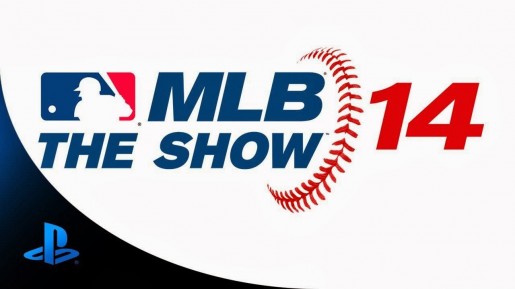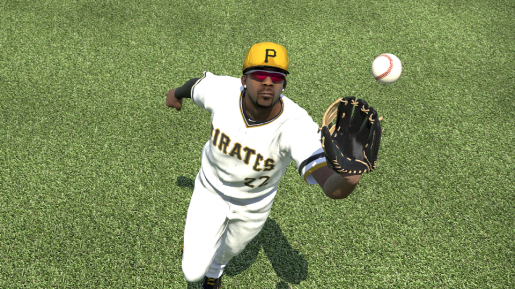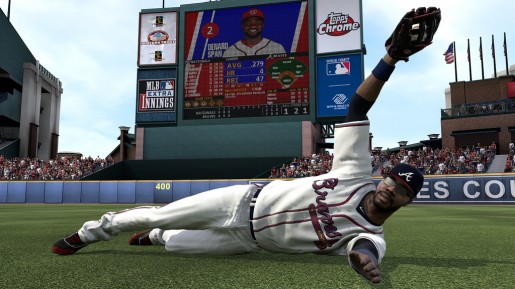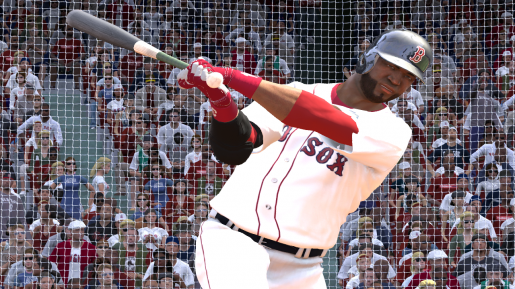Year after year, MLB: The Show has been the best baseball game on the market as a Sony exclusive. The MLB 2K series always paled in comparison and that eventually led to the ending of the series, which has left MLB 14: The Show as the only authentic simulation style Major League Baseball game on the market. With no competition on the market for the first time and the game coming out on PlayStation 4 next month, the question is whether SCEA stayed safe on the PlayStation 3 this year or pushed the series forward as they constantly have in the past.
The biggest selling point of the MLB: The Show series over the years has been the authenticity in not only the gameplay, but the presentation. That is absolutely no different here as SCEA has taken some of the gameplay additions we’ve seen in the past and even further improved on them, as well as adding some brand new elements into the mix.
The introduction of Pulse Pitching was great last year, so there was not much to be changed with the pitching this year, except to polish the already existing system. For those that prefer it, you can still go back to the old school meter or analog pitching system. Pulse Pitching is probably the most realistic of the pitching types, but I still found myself going back to the meter system for awhile as it has still always been my favorite type going back to the MVP Baseball days. Pulse Pitching is the toughest of the group for sure, but that is the way pitching in baseball really is, so it is good to give the gamer a choice between the different types rather than make gamers learn a completely new pitching system every few years.
The hitting system also is solid as usual, even without really any changes. Unlike most years of recent where the game would default to pure analog hitting, it instead defaulted to zone, at least when I first started. There is also the option for timing or zone plus analog as well, once again allowing you to really decide your gameplay type rather than the developers deciding on one single experience. Zone plus analog is the overall best in my opinion, as you get to control every step of the swinging process with the right analog stick, as well as the area in which you would like to aim to hit the ball.
One completely new addition to the game is known as Quick Counts, which allows you to greatly shorten your games by starting each at bat with a random count. You could come up to bat behind in the count 0-2 or with a full count of 3-2 or any of the other combinations. The same works when you are pitching as well with you starting each at bat with counts like 3-0 or 1-1. This often means that a lot of at bats will only be a couple pitches, rather than the five you might average otherwise. This is not something that I would be doing all the time, or ever on Road to the Show, but for some like me that likes to play the full Atlanta Braves season in game alongside the actual ongoing season, this is a great option to allow you to keep up without having to spend an hour each day to play through a nine inning game.
Road to the Show saw its first real revamping in quite awhile this year, including the introduction of the Topps Amateur Showcase. This Showcase lets you play in three games, regardless of your chosen position, which help to decide your draft position. When I created myself as a starting pitcher, I had a mediocre first game adjusting to the Pulse Pitching system again, but then had two fantastic starts for my other two that led to me being drafted by the Pittsburgh Pirates in the third round. The only really annoying this about this is that you absolutely cannot skip through the draft until you get picked. It will start in the round that you are expected to get picked and if you do not go until pick 25, you will be waiting a little awhile. If only they included something as simple as a “skip until drafted” option. As a hint, make sure you save manually after, as I went through this and thought it saved automatically, as it does most of the time, and had to go through this all over again.





